Michael Ignatieff
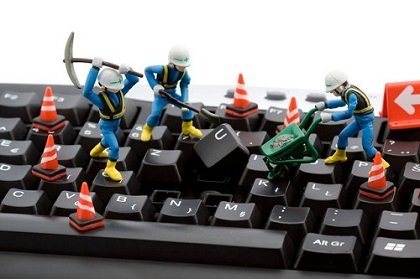
Almost all the people around the globe own their own PC unit but not everyone does also have their own knowledge or ideas on how to repair or troubleshoot their own units whenever failures occur. Before we stumble to seek for a technicians approach, opting to apply for the basic aid or let's say "first-aid" won't assassinate your computer. Here, let's tackle about the most common situations that computer owners or users encounter, the signs or symptoms of every issue, and the designated solutions.
Firmware Problem or Configuration
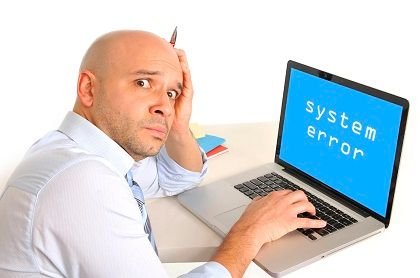
This commonly happens when an Operating System which is the program that the user make use to interact with the hardware components on a day to day basis or the device drivers does not correctly support a component such as the CPU, RAM, Motherboard, Case, Drives, and Expansion Cards.
As the firmware comprises the device drivers required to support each component and their configuration within the Operating System, a new driver program may be required to facilitate reliable communication between the device and the operating system or a different configuration setting must be made before the device will operate consistently.
Indications:
• Drive will not initialize
• Clicking or Beeping noises
• Drive is slow responding
• Drive is not running properly
• Drive not recognizing or will not be recognized by the computer
• Bad Sectors
• Failed, Failing, Crashed Read Write Heads
• Scratched Platters
• Deleted Data
Solution:
• Search for the device manufacturer's website for they may have released latest upgraded drivers. If ever there are no available updates, try to contact the support department of the manufacturer for maybe they are not aware of the said issue, providing all the necessary details for them to be able to deliver an appropriate solution.
Heat problems
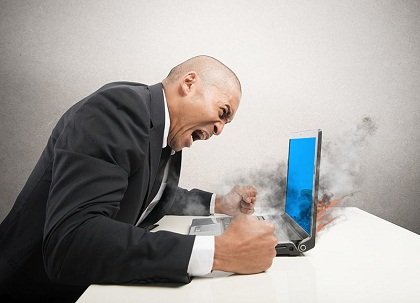
This can be easily diagnosed through assessing the case, for the heat accumulated will be dispersed throughout the case. This problem has generated when a component such as the CPU or graphics card is getting too hot and overheating especially for gaming units for it requires the CPU to function at a faster clock speed thus lead to higher power consumption.
Indications:
• Creates unusual fan sounds
• Blue screen
• Constantly reboots or shuts down
• High temperature
Solutions:
• Remove components such as the old cards that are no longer required.
• Switch to cooler running components like CPU or graphics card.
• Make sure the air supply to your PC case is placed on a well-ventilated area to maximize airflow.
• Add additional fans to your case to improve the flow of air through the case interior and then out of the rear panel.
• Think about the placement of components within the case placing the hotter components on top, as the heat will travel upwards if possible and spread them out, leaving the maximum amount of space between drives and cards to facilitate cooling.
• Reduce the clock speed in the BIOS setup program.
Power problems
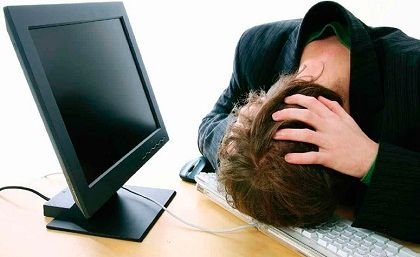
This certainly occurs when the PSU which takes the raw (A/C) power coming out of a household power socket cannot supply the right voltage for the components.
Indications:
• Bizarre noises may produce from the back of the computer case where the cord is situated.
• When the computer is turned on, nothing happens. Sometimes, a flashing light on the front of the computer or an indicator on the back of the PSU, if equipped, is displayed.
• The computer turns on for a couple of seconds and then turns right back off. But aside from seeing this as a power supply issue, it may also indicate a failure in the motherboard.
• The computer randomly turns off without warning or displays a blue screen of death.
Solutions:
• Try to remove some of the other components that aren't essential if a constant voltage is not being maintained to lighten the load. Otherwise, a new PSU is required.
• Diagnose using the sensors command:
$ sensors
k10temp-pci-00c3
Adapter: PCI adapter
temp1: +16.6°C (high = +70.0°C, crit = +99.5°C)
atk0110-acpi-0
Adapter: ACPI interface
Vcore Voltage: +1.04 V (min = +0.85 V, max = +1.60 V)
+3.3 Voltage: +3.31 V (min = +2.97 V, max = +3.63 V)
+5 Voltage: +4.86 V (min = +4.50 V, max = +5.50 V)
+12 Voltage: +11.73 V (min = +10.20 V, max = +13.80 V)
CPU FAN Speed: 2537 RPM (min = 600 RPM)
CHASSIS FAN Speed:2537 RPM (min = 600 RPM)
CPU Temperature: +31.0°C (high = +60.0°C, crit = +95.0°C)
MB Temperature: +27.0°C (high = +45.0°C, crit = +75.0°C)
This sensor command also works for overheating issues.
Motherboard problems
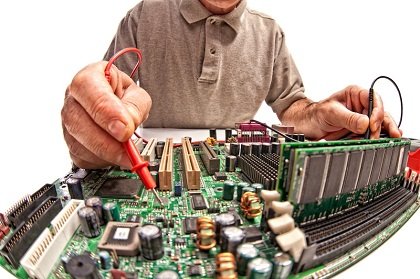
This issue does rarely occur due to either static damage during installation or from a power surge.
So be sure, that during installation, there's no such case like bumping or the falling of CPU that could create impact, thus, affecting the functionality of its components.
Indications:
• Failure to boot.
• Augmented Windows inaccuracies or "blue screens of death"
• The computer may freeze for seemingly no reason
• Unresponsive connected devices
Solutions:
• Check that the setup is correct in the BIOS setup program
• Check the motherboard manufacturer's website to see if there is a later version of the BIOS which might fix the problem.
• Strip out all but the essential components of your PC such as any cards and all drives and see if the problem persists.
• If not, try adding back components one at a time beginning with the drive containing the Operating System to see if the problems come back. And if they do, it could be a component and not the motherboard that is faulty.
• Try moving card or cables to different slot or port if you find that a particular port or slot is damaged to see if this fixes things: if so, then the problem lies with the motherboard
A motherboard replacement is only one course of action if a part on the motherboard has actually failed. This is a major step which is also an expensive one, so you need to be totally certain that the motherboard is at fault.
I hope everything that's written here could help you and guide you in any means. Thank you for reading my content!
@originalworks